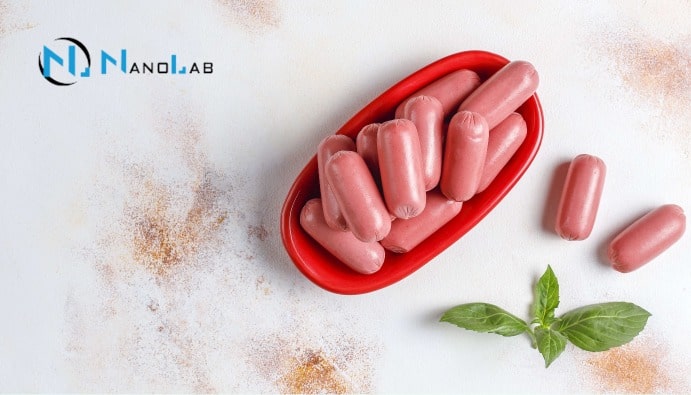
BLOG
KATEGORİDEKİ DİĞER YAZILAR

Biogenic amines are nitrogenous organic compounds formed during the decarboxylation of amino acids. These compounds are usually formed during fermentation, spoilage and some specialized processing processes. Histamine is one of the most common biogenic amines and can be found in particularly high amounts in certain foods. Histamine is derived from the amino acid histidine and has several biological functions in the body, such as regulating immune responses.
Histamine in food products is often associated with the following conditions:
Histamine poses a significant threat to food safety because when ingested in high amounts, it can lead to health problems such as histamine poisoning (scumbrotoxin poisoning). This poisoning can be manifested by symptoms such as headache, nausea, vomiting, diarrhea, hot flashes and heart palpitations.
Histamine determination is performed for the following reasons:
Biogenic amines, especially histamine, are compounds that pose significant health risks to food safety. Determination of histamine is a critical analysis process to ensure the safety of food products and prevent potential poisoning. Various determination methods, such asHPLC, enzymatic methods and spectral analysis, help food manufacturers and controllers manage this risk. Furthermore, legal regulations and food safety standards mandate the control of biogenic amines in food production processes. Regular testing is essential to protect the health of consumers.
Nanolab Laboratories Group continues to provide services within the scope of Biogenic Amines (Histamine) Determination. We also provide services in Hormone and Antibiotic Determination.
Contact us for more information.
You can follow us on LinkedIn for up-to-date news and posts about our services.
Follow our Instagram account to be informed about our latest blog posts.